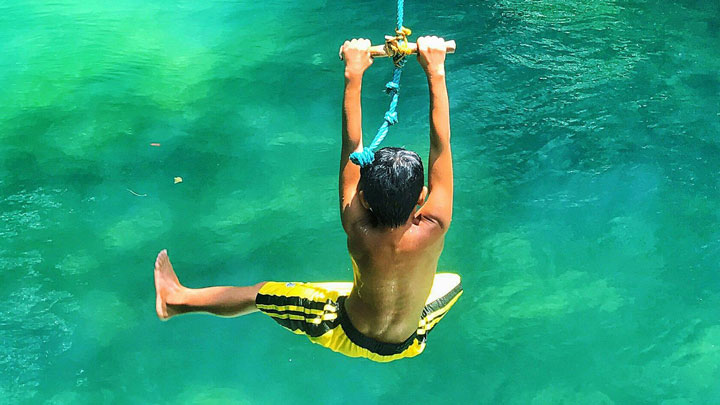Home > Online Counselling > Kid’s Problems > Impulsive Child

Your child touches everything in the store, blurts out answers in class, interrupts adult conversations mid-sentence, and sometimes pushes or grabs without thinking. You’ve told them. Reminded them. Even calmly explained consequences. But in the heat of the moment—they act. Again.
If your child is impulsive, it can be exhausting, embarrassing, and—if we’re honest—a little scary. What will happen when they’re older? When those actions carry heavier consequences? Will this be something they grow out of—or into?
First, breathe. You’re not alone. And impulsivity in children, while frustrating, is often a developmental lag—not a moral failure. Many kids struggle with impulse control because their brain’s regulation systems are still under construction. They may understand the rule but still break it—because impulse wins over intention.
This article will unpack what impulsivity really is (hint: it’s not the same as being naughty), how common it is, what causes it, and what the risks are if it’s not supported early. But most importantly, we’ll talk about what you can do—today—to support your child without losing your own patience or hope.
Impulsivity is not rare—it’s a developmental stage most children go through. But for some, it lingers longer or shows up more intensely.
Studies suggest that around 20–30% of children between ages 5 to 12 exhibit persistent impulsive behaviors. In early childhood (ages 3–6), this is often considered typical as children are still learning self-control. However, when impulsivity affects their learning, friendships, or safety, it becomes a concern that needs attention—not punishment.
Here’s what impulsivity can look like:
In some children, impulsivity is situational—worse when tired or overwhelmed. In others, it’s tied to deeper neurological patterns such as ADHD or sensory processing differences. The key is not to panic—but to notice patterns and start getting curious, not just corrective.
Impulsivity doesn’t mean your child lacks intelligence or empathy. It usually means their self-regulation system is still developing—or struggling under stress. Let’s break down the common root causes:
Some children are wired this way. Others develop impulsive habits as coping. Either way, the solution starts with insight—not shame. The more we understand the “why,” the better we can shape the “how” of support.
When impulsivity isn’t guided or understood, it can ripple into several areas of your child’s life—and not always in ways they can control. Here’s how it can impact them over time:
The truth? Most impulsive children don’t want to cause trouble. They want help handling the strong forces inside them. In Part 2, we’ll explore how to give them that help—with strategies that build regulation, confidence, and connection.
Supporting an impulsive child isn’t about strict discipline—it’s about building awareness, regulation, and trust. Your child isn’t choosing chaos. Their brain is asking for help managing urges, fast feelings, and overwhelming input.
Here are tools that work—not overnight, but over time:
Above all, meet the behavior with curiosity, not just correction. Impulsive kids aren’t broken. They’re developing—and they need a guide, not just a disciplinarian.
If you’re unsure what strategy matches your child best, the LiveMIS Child Personality Report can help decode their emotional and sensory drivers—and offer a custom path forward.
Some of the most successful adults were once labeled “impulsive,” “hyper,” or “too much.” Think of Jim Carrey, Simone Biles, or Thomas Edison—each had intensity that looked disruptive before it was understood.
Impulsivity doesn’t mean your child lacks potential. It means they need extra guidance to understand their inner engine. When supported well, impulsive children often become quick thinkers, courageous decision-makers, and deeply empathetic leaders.
Remind your child: “Your energy is a gift. We’re just learning how to use it.” That belief changes everything.
If your child’s impulsivity feels confusing or out of control, don’t guess. Use LiveMIS to uncover what’s really going on underneath:
LiveMIS turns misbehavior into insight—and chaos into customized support. The more you understand, the more your child learns to trust their growing self-control.
Your child may interrupt, lash out, or act without thinking today—but that’s not their future. With compassion, clarity, and consistent tools, they can grow into someone who knows when to pause, how to express, and how to lead with heart—not just action.
Every child has a wiring. Every parent has a chance to decode it. Let LiveMIS be your map—and your mirror—so you can raise a child who’s not just calmer, but more confident in who they truly are.
